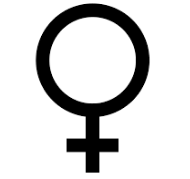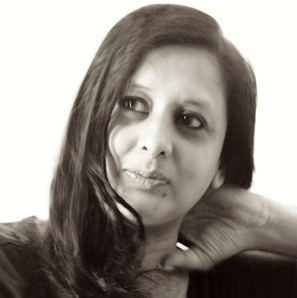Less creative than men? Reluctant CEOs? Glass ceiling? 12 women on surviving and thriving as creative directors
Just 3% of the world’s advertising creative directors are women. And yet it is women who make most of the purchasing decisions.
Mumbrella Asia asked creative directors in China, Japan, Korea, Taiwan, India, Pakistan, Singapore, Thailand, the Philippines, Australia and New Zealand for their perspective on the challenges of rising to the top of their profession as a woman.
Tista Sen, senior vice president and national creative director, J. Walter Thompson | INDIA
Tell us about your background and achievements.



Well, that was refreshing. Only one Cindy Gallop fan girl, and in general much more balanced points of view than we normally see in the debate.
Notice in particular how the Pakistani lady, the one country in which the patriarchy is most definitely a reality, didn’t complain about the glass ceiling.
Great response also from the Kiwi.
Perhaps it takes success to realise you only get to the top with talent and hard work. Perhaps it takes a lack of success to jump on the bandwagon and blame your failure on the only group against which racism and sexism is socially accepted: white men.
So the one advice for women who want to make it to the top is simply to spend your time working hard instead of whining (no he didn’t!? – yes I did. Get over it). Just like men have to do if they want to make it to the top.
You really just don’t get it, do you.